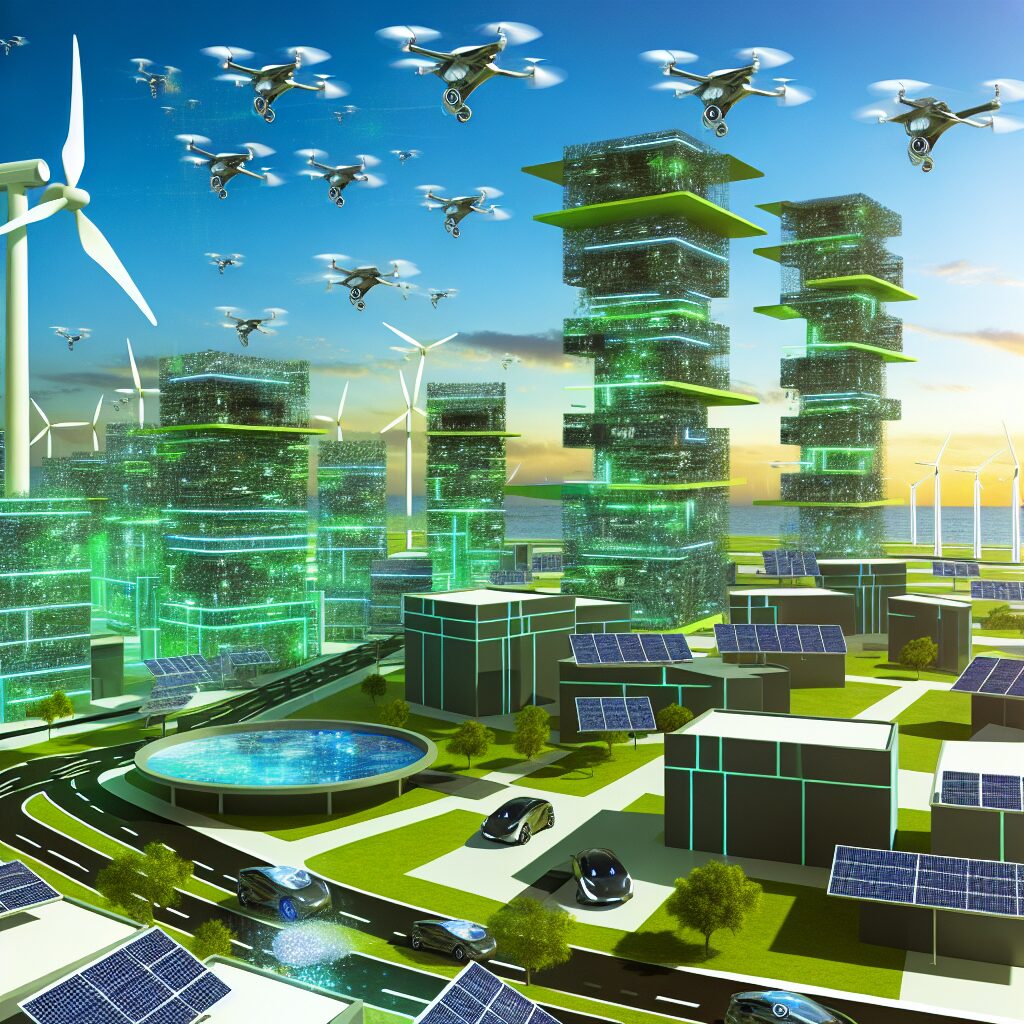The Future of Energy Storage: Trends in 2024
The world of energy storage is witnessing seismic shifts as we approach 2024. From advancements in battery technologies to the integration of AI for smarter grid management, the future holds a plethora of exciting developments. Energy storage is not merely a supporting player in the renewable energy sector; it is rapidly becoming a linchpin for efficient and sustainable energy systems worldwide. Here’s an in-depth look at what to expect in the realm of energy storage in the coming year.
1. Solid-State Batteries Take Center Stage
Solid-state batteries have long been heralded as the next big thing in energy storage. Unlike traditional lithium-ion batteries, solid-state batteries use a solid electrolyte, which significantly enhances safety and energy density. These batteries promise faster charging times, greater storage capacity, and a longer lifecycle, making them ideal for electric vehicles (EVs) and large-scale energy storage solutions. As research and development accelerate, we can expect solid-state batteries to start hitting the market in 2024, revolutionizing both consumer electronics and renewable energy storage systems.
2. AI and Machine Learning for Smarter Energy Management
Artificial Intelligence (AI) and Machine Learning (ML) are set to transform how we manage and optimize energy storage. These technologies can analyze vast amounts of data in real-time, identify patterns, and predict energy demand with remarkable accuracy. This predictive capability allows for more efficient energy distribution and storage, reducing waste and costs. Grid operators and energy companies will increasingly adopt AI and ML to enhance the reliability and efficiency of energy storage systems, making the grid smarter and more responsive.
3. Second-Life Batteries Find New Purpose
As the number of electric vehicles on the road increases, so does the supply of used batteries. Instead of discarding them, second-life batteries are finding new applications in energy storage. These repurposed batteries may not be suitable for EVs anymore, but they still have enough capacity to support less demanding applications, such as home energy storage or backup power for businesses. This trend not only contributes to a circular economy but also helps lower costs and minimize environmental impact.
4. Hydrogen Storage Gains Traction
Hydrogen is emerging as a viable option for long-term energy storage. Unlike batteries, which are suitable for short to medium-term storage, hydrogen can store energy over extended periods, making it ideal for balancing seasonal variations in renewable energy generation. Advances in electrolysis technologies and fuel cells are making hydrogen storage more efficient and cost-effective. By 2024, we can expect to see more pilot projects and commercial applications utilizing hydrogen as a key component of integrated energy storage solutions.
5. Regulatory Support and Policy Initiatives
Government policies and regulatory frameworks play a crucial role in accelerating the adoption of advanced energy storage technologies. In 2024, expect to see more supportive policies that encourage investment in renewable energy and energy storage. From tax incentives to grants and subsidies, these policies will lower the barriers to entry for new technologies and promote large-scale deployment. Countries worldwide are committed to reducing carbon emissions, and strong regulatory support will be pivotal in achieving these goals.
6. Enhanced Grid Resilience and Security
With the increasing frequency of extreme weather events and cyber-attacks, enhancing grid resilience and security is more critical than ever. Advanced energy storage solutions offer a way to stabilize the grid and ensure a continuous supply of power during disruptions. Microgrids, which can operate independently from the main grid, are gaining popularity as a way to enhance resilience. These microgrids often rely on advanced energy storage to maintain stability and ensure a reliable power supply, even in adverse conditions.
7. Decentralized Energy Systems
The traditional energy grid is evolving into a more decentralized system, where energy is generated and stored closer to the point of use. Home batteries, community solar projects, and peer-to-peer energy trading are examples of this trend. Decentralized energy systems reduce transmission losses and increase grid efficiency. As more households and communities adopt their own energy storage solutions, the entire grid becomes more resilient and less reliant on centralized power plants.
8. Innovations in Thermal Energy Storage
While much attention is given to electrical energy storage, thermal energy storage is also making significant strides. Systems that store heat for later use can improve the efficiency of heating and cooling applications, which are major energy consumers. Innovations in materials and design are making thermal energy storage more efficient and cost-effective. In 2024, expect to see more commercial and industrial applications harnessing the power of thermal storage for energy savings and enhanced sustainability.
Conclusion
The future of energy storage is bright and full of potential. With solid-state batteries on the horizon, AI-driven energy management, second-life battery applications, hydrogen storage, supportive policies, enhanced grid resilience, decentralized systems, and thermal energy innovations, 2024 promises to be a landmark year

